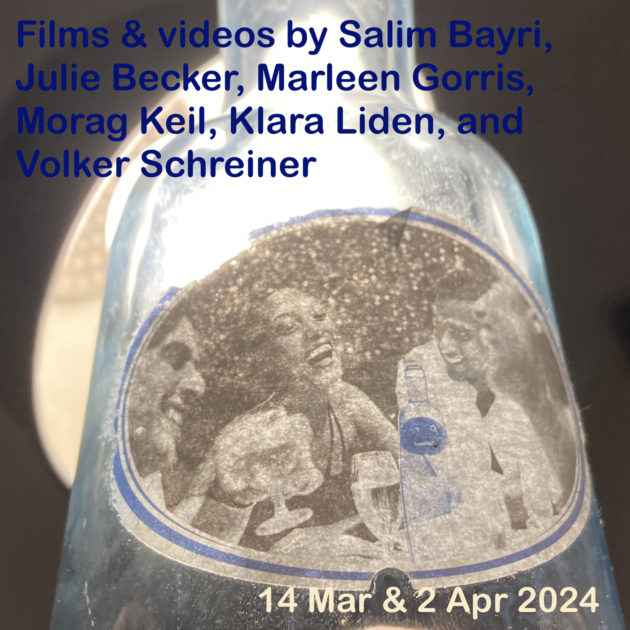
- This activity has ended.
Screening ‘A Question of Silence’ (1982)
Screening of ‘A Question of Silence’ (1982) by Marleen Gorris, March 14 from 5-7pm.
A two-part screening programme coinciding with Dora Budor’s solo exhibition Classical Period at Woonhuis compiles a selection of films and videos by Salim Bayri, Julie Becker, Marleen Gorris, Morag Keil, Klara Liden, and Volker Schreiner. The screenings serve as a gesture of tacit meditation on transient themes glimpsed in Budor’s oeuvre. Opening on March 14 with the sole full-length film in the programme, a 1982 dramatic thriller, A Question of Silence, tells a story of spontaneous daytime murder by common Amsterdam women who failed to be coerced into admitting insanity for the sake of a societal sense of security. In the debut work of Marleen Gorris, the quasi-judicious reading of the motifless killing as a brutal vociferation is met with a nuanced silence, the triggering aspects of which prompted the decision to start the second screening session, on April 2, with Volker Schreiner’s Cell. A metacinematic montage of 266 classic film fragments of static television screens in living rooms becomes a monophonic device of an ominous countdown. Barely exceeding 1 minute, the resonance of nonhazardous domestic activity in Morag Keil’s Alice in the kitchen gains cathartic and subversive faculty toward architecture. A translation of a popular Moroccan phrase, “You Can Keep It Eat It,” expressed in exasperation, titles video documentation of a performance by Salim Bayri, ‘sonyfying’ his experience of being denied access to the archives on the Sahara in the southern French region of Aix-en-Provence, via turning the institutional building into an ‘instrument’ as he taps it with handmade cork and a wood mallet. A premeditated disobedience in the misuse of infrastructural space occurs in You’re all places that leave me breathless, where Klara Liden weightlessly performs an onerous ‘dance’ to distorted bass groove on the metal scaffolding underneath the elevated U1 train in Germany. A vertiginous footage filmed in portrait mode encapsulates the body without entry or exit points. The palpability of disorienting ramifications of spatial integration, be it interior or exterior, and its acoustic conjunction materializes in Federal Building with Music by Julie Becker. Accompanied by Banda Arkángel R-15, extracted from a cassette tape found in the Cal Fed car park, Becker commandeers the monolith structure by having its architectural model penetrate her apartment. In Becker’s terms, this ‘incredible disappearing experiment’ concludes the screening programme.
This screening is part of the public programme of exhibition Classical Period in Woonhuis.
